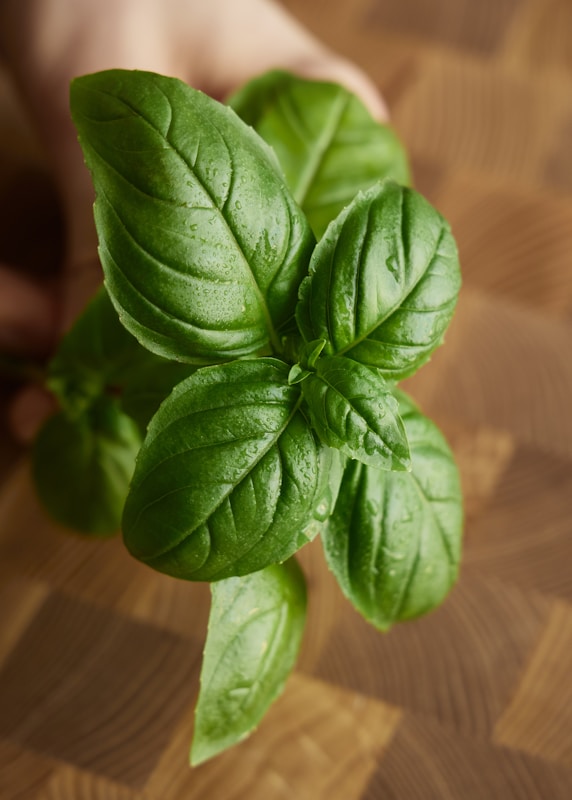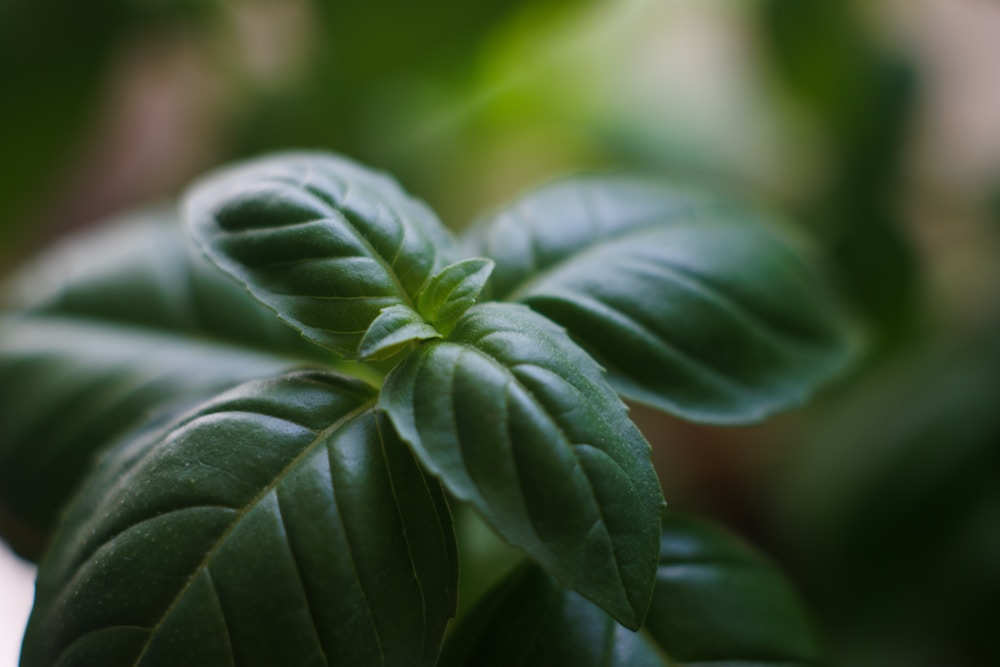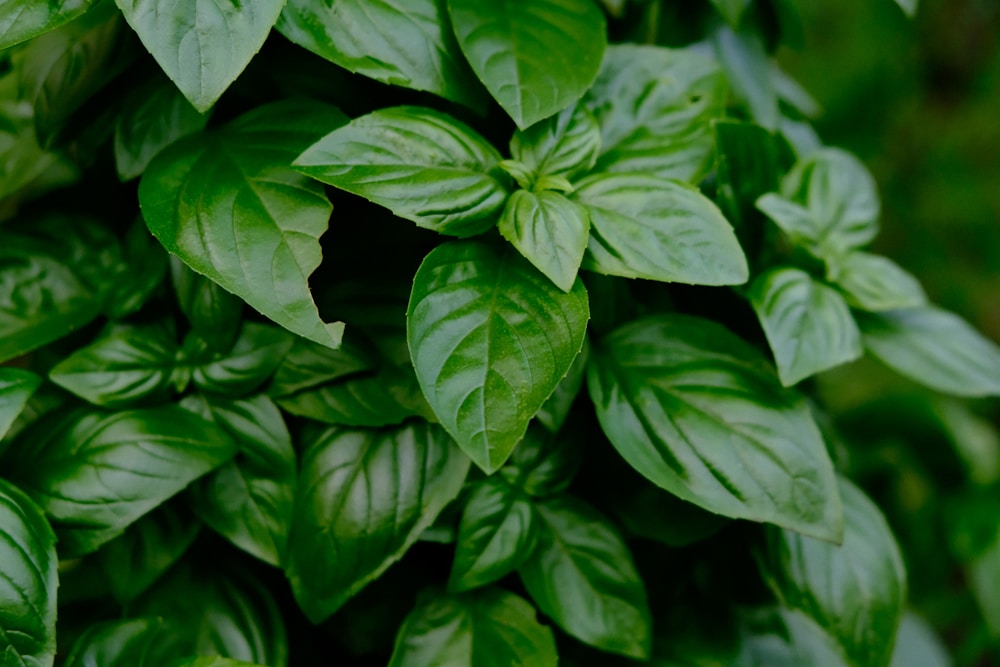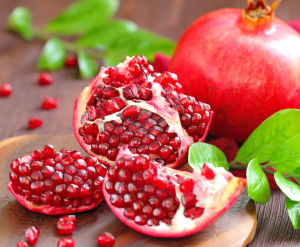Table of Contents

Did You Know Sweet Basil Can Instantly Elevate Any Dish?
Sweet Basil isn’t just another leafy green in your kitchen garden—it’s a fragrant, flavorful powerhouse with culinary and medicinal value. Whether you’re a seasoned chef or a casual cook, it deserves a permanent spot in your kitchen. From pasta and salads to herbal teas and remedies, this versatile herb enhances both taste and health.
What Is Sweet Basil?
Sweet basil (Ocimum basilicum) is a tender, aromatic herb from the mint family, known for its fresh, sweet, and slightly peppery flavor. Native to Southeast Asia and Africa, it has become a global culinary favorite—especially in Italian, Thai, and Mediterranean cuisines.
Health Benefits of Sweet Basil
Packed with Nutrients
It contains vitamin K, vitamin A, manganese, magnesium, and antioxidants that support immune health and cellular repair.
Supports Heart and Brain Health
The eugenol compound in basil may help reduce blood pressure, while magnesium supports cardiovascular function. The herb also contains adaptogenic properties that help the body manage stress.
Natural Anti-inflammatory Properties
Thanks to its essential oils, such as linalool and citronellol, it may help reduce inflammation and oxidative stress.
Authoritative Source: National Library of Medicine on Basil’s Therapeutic Potential
Flavor That Transforms

Basil in Everyday Recipes
Fresh basil adds depth to soups, stews, sauces, and stir-fries. It pairs especially well with tomatoes, garlic, lemon, and olive oil—making it a staple in homemade pasta sauces, Caprese salads, and pesto.
Try These Basil-Based Dishes
- Classic Pesto: Blend it with garlic, pine nuts, parmesan, and olive oil.
- Tomato Basil Soup: A warming and fragrant comfort meal.
- Basil-Infused Olive Oil: Ideal for drizzling over pizza or grilled vegetables.
Pro Tip for Maximum Flavor
Add fresh basil at the end of cooking to preserve its flavor and nutrients. Heat can destroy its delicate essential oils.
Why Every Home Cook Should Grow Sweet Basil
Easy to Grow Indoors and Outdoors
Basil thrives in pots on sunny windowsills or in backyard gardens. It requires minimal care: just sunlight, well-drained soil, and regular watering.
Continuous Harvest
With proper pruning, one plant can provide fresh leaves all season long. Pinch off flower buds to encourage leaf growth.
Saves Money
Growing your own basil eliminates the need to buy plastic-wrapped herbs from the grocery store—freshness on demand at zero cost.
Pro Gardening Resource: University of Minnesota Extension – Basil Growing Tips
Fresh vs Dried Sweet Basil: What’s the Difference?
| Feature | Fresh Basil | Dried Basil |
|---|---|---|
| Flavor | Sweet, pungent, vibrant | Milder, earthy, slightly bitter |
| Best Uses | Salads, garnishes, fresh sauces | Soups, stews, marinades |
| Storage | 5–7 days in fridge (or freeze) | Up to 1 year in airtight container |
While dried basil has its uses, nothing beats the aroma and richness of freshly harvested leaves.
Sweet Basil in Herbal Medicine
Beyond its kitchen uses, it is highly valued in traditional medicine for its healing properties.
Natural Stress Reliever

Studies suggest that basil may act as an adaptogen—helping the body cope with stress and fatigue.
Digestive Support
Drinking basil tea may help soothe indigestion, bloating, and mild stomach discomfort.
Antibacterial Properties
Basil extracts have shown antibacterial activity, making them effective in homemade natural remedies.
Scientific Reference: Healthline – Basil Benefits Backed by Science
How to Store and Preserve Sweet Basil
Storing Fresh Basil
- Keep stems in a glass of water like a bouquet
- Cover loosely with a plastic bag on the countertop
- Do not refrigerate unless necessary (it can turn black)
Freezing Basil
Chop and freeze in olive oil using an ice cube tray for quick flavor boosts while cooking.
Making Dried Basil
Hang bundles upside down in a warm, dry place for a week, then crumble and store in a sealed jar.
Final Thoughts: Make Sweet Basil a Kitchen Essential

It isn’t just a fragrant garnish—it’s a kitchen hero. From enhancing flavors to boosting your health and reducing grocery bills, this herb delivers on all fronts. With its rich aroma, vibrant leaves, and multitude of uses, it earns its place in every home cook’s toolkit.
Ready to Start Cooking?
Grow it. Cook with it. Heal with it. It is your all-in-one herb for culinary creativity and natural wellness.
Explore more about medicinal herbs and cooking tips on The Planttube Blog.








